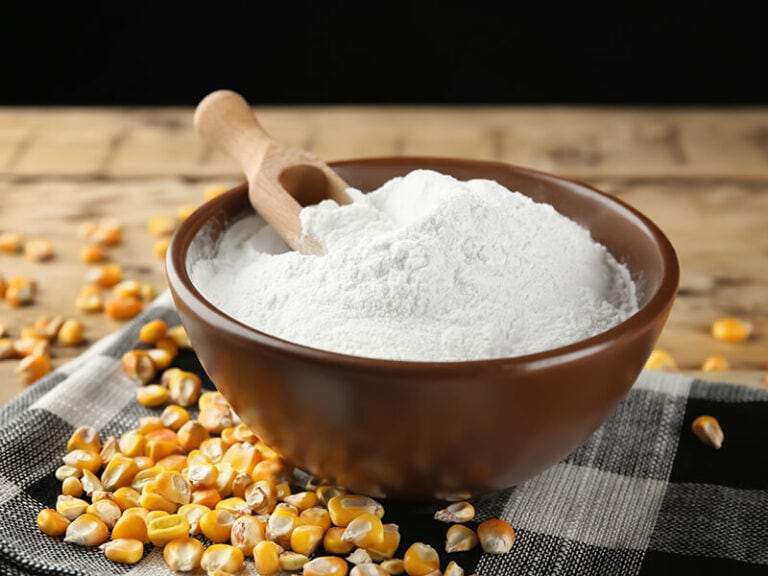So does feta cheese go bad once opened? There must be a reasonable answer to this inquiry. For some time, it’s hard to measure the exact amount of cheese in a recipe. So getting more than you need is a common occurrence.
In this case, people choose to store the remaining for their coming meals. Be careful since cheese is a dairy food, so it spoils anytime without expectation.
However, only with your consciousness, it’s not challenging to determine if the cheese goes terrible or not. Just keep scrolling to learn how to do it right.
What Is Feta Cheese?
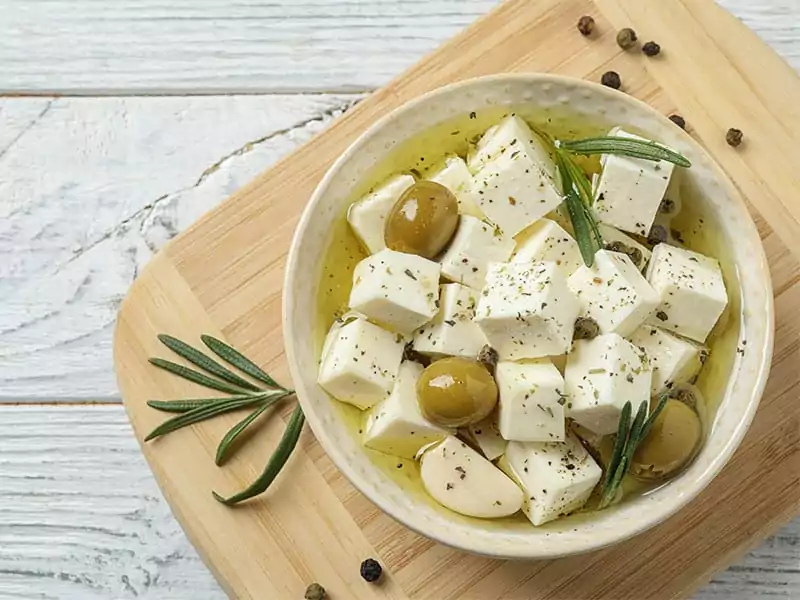
Slightly different from other peers, feta cheese is an outstanding source of good fats and highly recommended by health experts worldwide. Originating from Greece, feta gets recognized by its white skin and brined flesh.
You can find feta cheese in every U.S household and single meals. It gets adored a lot since it’s more than just an ingredient used in every salad recipe. Feta cheese will enhance the flavor of any dish due to its big personality.
Made with sheep’s milk and salted by brine, feta cheese is known for its buttery and rich taste with some tanginess and saltiness mixed in. So no wonder why it’s one of the most renowned cheese styles across the culinary planet.
Besides, the cheese is known as one of the oldest ones in the world. And the more aged it gets, the more peppery it tastes. Maybe, for this reason, many people love to use it as a spicy, cheesy spread to pair with their crusty bread, sandwiches, and pitas.
A conventional block of feta brings you only good vibes, not only due to its salty and palatable flavors but also creamy and crumbly texture. Its unique aroma varies depending on the milk you choose to use and its aging process.
Nowadays, people even use it as a replacement for cottage cheese or other types with similar flavor. Besides, you can find feta cheese in several popular dishes like lentil salad, Greek salad, feta stuffed chicken, peppery tortilla with cheese, tomato pesto bites, and feta muffins.
All of them deliver a Mediterranean feeling, which is unlike the vibe Mozzarella brings to the eaters. Also, it’s clever to pair feta with fruits and vegetables to kick up your favorite dishes and satisfy your craving.
Nutrition Value Of Feta Cheese
Considered as the most reputed cheese in Greece, feta is also high in nutrients and is undoubtedly a superb source of calcium.
As stated by FoodData Central, one portion (100g) of feta cheese is equivalent to (1) :
| Nutrients | Value |
| Calories | 265 Kcal |
| Total fat | 21.5 g |
| Saturated fat | 13.3 g |
| Monounsaturated fat | 4.62 g |
| Calcium | 493 mg |
| Zinc | 2.88 mg |
| Potassium | 62 mg |
| Vitamin A | 0.125 mg |
| Vitamin B-6 | 0.424 mg |
| Vitamin E | 0.18 mg |
| Zinc | 2.88 mg |
Feta cheese appears a healthy choice for those going for the keto diet. As you see in this table, the cheese gets packed with a good amount of vitamins B-6, zinc, potassium, and calcium.
What’s interesting to know here is that the cheese has low calorie and fat content. Moreover, it has more vitamins and calcium than some cheeses you know, such as ricotta and cottage cheese.
How To Tell If Your Feta Cheese Goes Bad
The direct and straightforward method of testing whether your peppery cheese suffers spoilage is to view its best state before the date. But if you store it properly, this date might not say anything remarkable. At this point, go to find visible changes in its appearance.
Sniffing it out is the first important thing to do if you want an answer to your concern “does feta cheese go bad?” A spoiled block of cheese tends to build up an irritating odor that is quite like your stinky feet or vomit.
In reality, the sour flavor and moldy taste result from compounds made by germs living in the cheese. They break down protein, and some chemical compounds get released in the form of gases.
Whenever you get a new cheese and suddenly spot it stale in texture or stinky in flavor, consult the monger! He or she might help you check whether it’s safe to use it, or you have to choose another one.
Another good way to test cheese’s freshness is to observe some signs of mold. Find them on the surface of your feta. When detecting any of these, stop using them in no time.
Some people feel that it’s a waste to discard the whole, so they decide to remove the mold part and use the rest. Do not try it as this solution fits only hard cheese. How come? Think of it, feta is soft, making it spreadable over the entire block of cheese.
As a result, the mold is not only outside but also inside your feta for real.
In other words, some hard cheeses like Cheddar and Parmesan can be saved when you cut the affected part away from the cheese. Please don’t do the same thing with soft cheeses such as goat cheese, ricotta, and feta cheese.
If it’s stale, then its color will turn from freshly white to darker. Along with it, some dark brown dots and bubbles show up outside the cheese. When you see this sign, then it’s no longer safe to eat.
How To Store Used Feta Cheese Properly
Want to keep your feta cheese’s quality for some tasty Greek appetizers in the future? Here are some number 1 choices to rescue your cheese.
Store Feta In Brine
In all situations, salt is one of the best preservatives for different types of goods. Everyone knows it, and now it can help your feta cheese last longer. Make your brine on your own if the market and convenient local stores are out of it.
Do it by mixing two cups of freshwater with two teaspoons of kitchen salt. Next, stir the mixture until you see the salt dissolving. Put your feta in the brine, and be sure that your cheese gets covered as a whole.
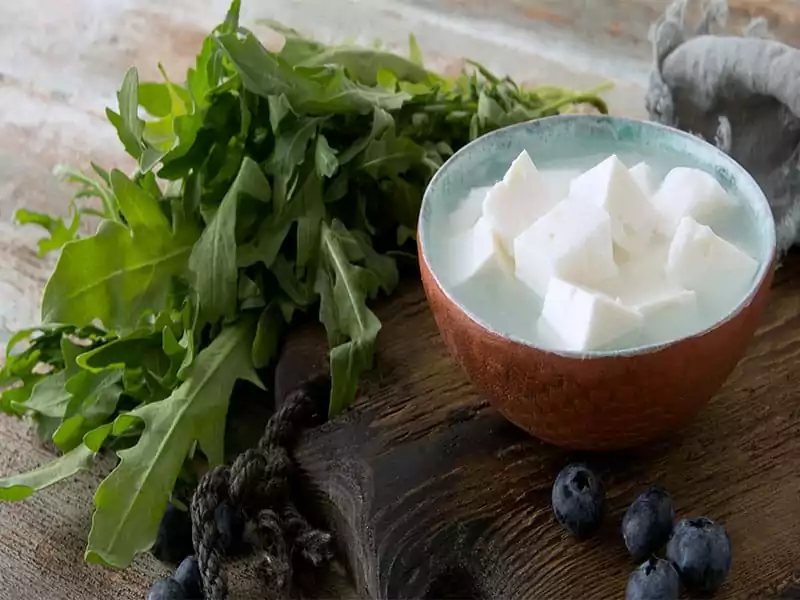
In this process, the brine offers the cheese a salty flavoring. Therefore, do not store it in brine if your newly-bought feta already tastes tangy. Only put it in water so that its crumbly texture stays in its correct form.
Preserve Feta In Oil

What if you don’t like brine due to its saltiness? You can go with some olive oil that you often use for cooking instead. In this method, it’s necessary to slice feta into little cubes.
It’s okay to dip feta cheese with extra-virgin olive oil. It’s essential to use decent vegetable oil because its taste will penetrate the cheese. If you don’t want feta to have unwanted flavors, pick out 85% blended oil of any brand plus 15% olive oil.
Submerge it fully since any piece of the cheese exposed to the air soon grows mold.
Watch this video to know more:
Lastly, seal your container tightly with a lid and place it at room temperature within six months. Ensure to store it in cool and dark places where light cannot approach. Once the oil goes through feta, any stale would disappear.
Freeze Feta Cheese In Cling Film
I’ve seen many ask if it’s alright to store feta cheese in the freezer. Well, it’s no big problem as long as you thaw the cheese by wrapping it with film and storing it in the fridge within four days.
Note that the feta will become crumblier and lose its saltiness slightly. Therefore, it turns out to be drier than usual.
Here’s a step-by-step guide that tells you how to store feta cheese properly.
- After taking feta out of brine or other liquid, go to strain it.
- Use a paper towel to dry out the cheese. Do not hesitate to get rid of all the liquid so that the cheese dries up fully.
- Separate it into small pieces. It’s up to you to determine the portion sizes based on your food and the number of people you’re serving.
- Start packaging the cheese. As mentioned above, cover it with film before placing it in the freezer.
How Long Does Your Feta Cheese Last?
Similar to every cheese, feta won’t come up with an unspecified shelf life. In other words, the lifespan of cheese depends on a great abundance of elements. They relate to how it gets processed, packaged, stored, and the exposure to light.
It’s recommended to use feta cheese to gain the full nutritional value at its best before the expiry date. Find the manufacturing date on the product’s label.
If so, then what occurs after that period? Please don’t be anxious as it doesn’t get spoiled instantly. However, the flavor and texture of the cheese cannot be as delicate as the beginning.
When your feta gets well-maintained in airtight packaging, feel free to use it one week later than the expiry date. But after you open it, it just endures within five days in the fridge.
On the other hand, once cheese gets stored in a jar of brine, it certainly lasts longer due to the high salt amount of the solution. It finds no trouble surviving for one month in the refrigerator for an opened cheese stored in salty liquid.
As it comes to any cheese submerged in Olive oil, you can tell that its shelf life is extended for up to 1 month.
Apart from Olive oil, the essential oils extracted from plants are also badass preservatives that fight against harmful bacteria and mold. They have been availed for a long time in medicine and cosmetics (2).
Healthy Feta Cheese Alternatives
Feta cheese is out of stock all of a sudden! Please do not rush to skip your favorite recipe but find these best crumbly alternatives to replace the feta cheese instead. From salads, pasta to pizzas, they still can make your dishes appetizing as usual.
Queso Fresco

Queso fresco is one of the most favorable cheeses to have for sure. It’s known as a rival of goat cheese and ricotta and the closest to feta in texture and taste. Queso is tender and crumbly as feta, making itself the best substitute on this list.
Also, Queso makes a wonderful choice to accompany your crab cakes or any other dishes. It’s because this cheese doesn’t overwhelm other ingredients with such a delicate and light flavor.
Ricotta
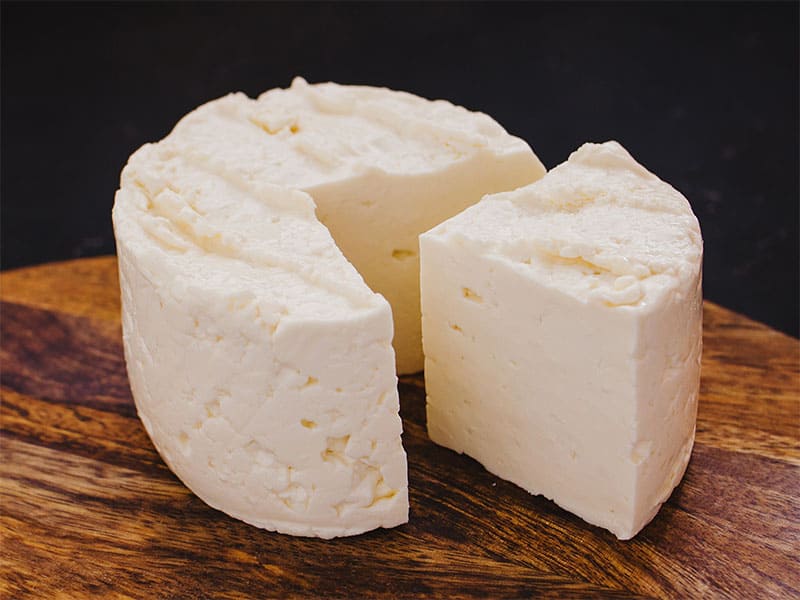
It’s white and quite creamy to satisfy every tooth of cheese fanatics. With the same texture as feta, ricotta cheese deserves a place here.
Despite its slightly contrasting taste to feta, the cheese has never failed to serve the same purpose as feta in various dishes.
However, this sweet one does not match wholly with the tangy flavor of feta. Thus, it’s advisable to add a bit of salt to make it an ideal option.
Goat Cheese
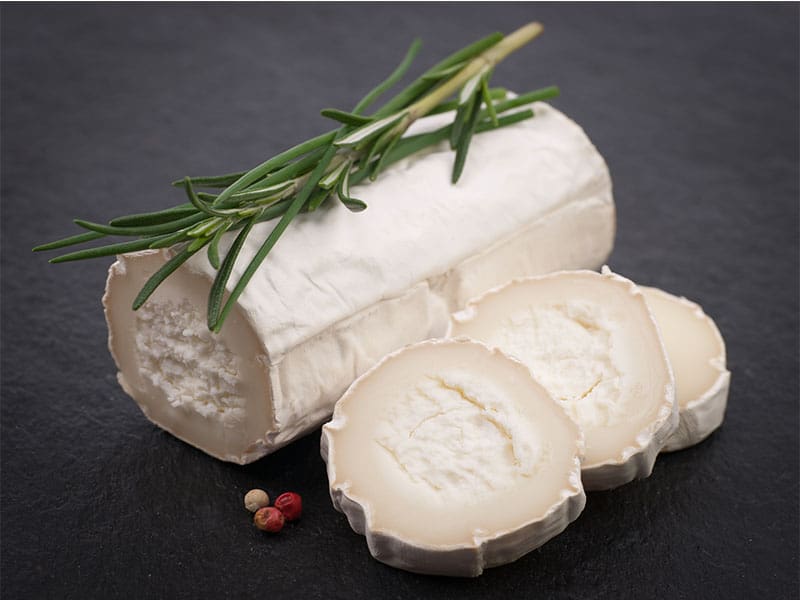
From a health perspective, feta is considered healthier than goat cheese. It’s full of good bacteria that can eliminate harmful germs. These are known as Listeria. Meanwhile, goat cheese gets packed with high-calorie content but still contains heart-healthy fats.
In the process of making goat cheese, you’re aware of the fact that the whey plus curds won’t split up.
But its texture doesn’t have bigger curds like ricotta. Luckily, it shares the same taste as feta. All you do is search for another crumbly version of goat cheese as a better replacement for feta.
Tofu Cheese
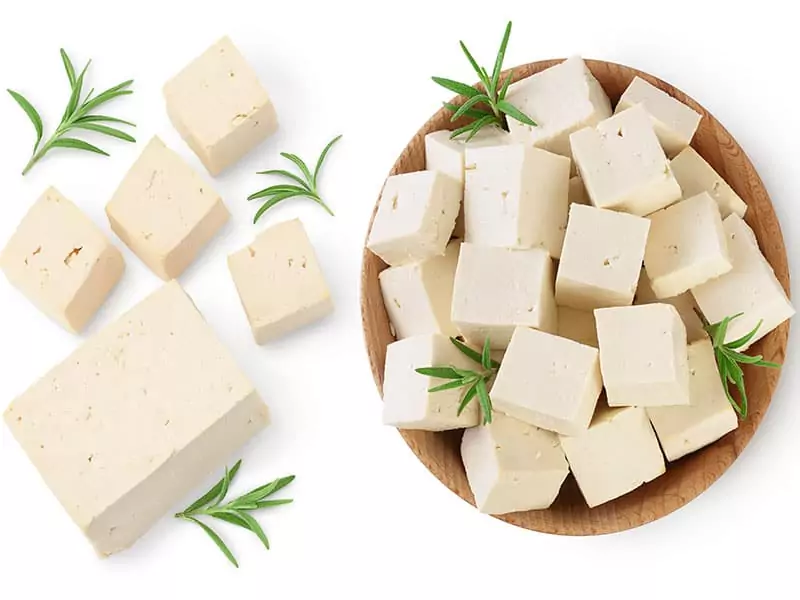
Feta is not the top priority for those who are following the vegan diet. These people would go for tofu cheese as they do not want to consume dairy products.
Besides, all recent vegan dishes use it as the base since tofu’s mild flavor can easily combine with other ingredients. And it acts as a dipping sauce to spice up typical Indian foods like tortilla chips and nacho cheese.
To make tofu get a similar texture like feta, remember to drain out the water from it and let it absorb the marinade. As a result, tofu cheese will crumble in a way like feta.
Halloumi
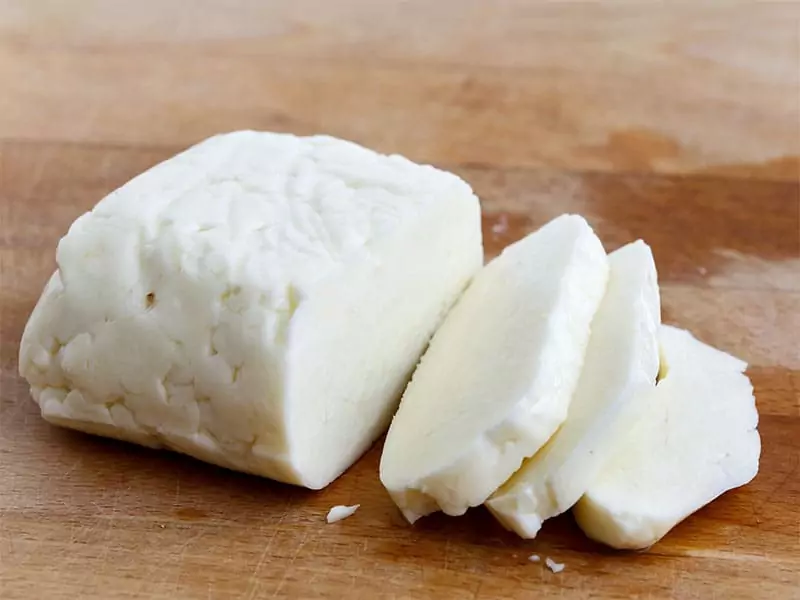
Out of several substitutes, this one is pretty much similar to feta. They’re both Greek cheeses, so there’s no significant difference between these two.
For the look, it’s favored by the freshly whitish color and a slightly tangy flavor, just like feta. You get to see it served with veggies, plant-based oils, and varieties of salads.
For example, if feta is made from sheep’s milk, halloumi is made from a great combination of goat’s milk and sheep’s milk. Also, its high melting point means that you can use it for fried and grilled dishes (3).
FAQs
It does not matter if you’re new to feta cheese or not, there’s more about this world’s oldest cheese you might love to know!
Expectation Vs. Reality
In sum, like other cheeses, feta cheese can get spoiled once opened. If you leave it at room temperature, it begins drying out for sure.
So you can follow the above step-by-step guide to keep its freshness. Or simply remember not to leave the remaining cheese straight to the sunlight.
You can choose to place it in brine or maintain it in airtight containers instead. If you touch it or taste it, you still feel the smoothness and tanginess, then it’s safe to keep using it on your foods!

References
(1) 2021. [online] Available at: <https://fdc.nal.usda.gov/fdc-app.html#/food-details/173420/nutrients>
(2) Hyldgaard, M., Mygind, T., & Meyer, R. L. (2012). Essential oils in food preservation: mode of action, synergies, and interactions with food matrix components. Frontiers in microbiology, 3, 12. https://doi.org/10.3389/fmicb.2012.00012
(3) En.wikipedia.org. 2021. Halloumi – Wikipedia. [online] Available at: <https://en.wikipedia.org/wiki/Halloumi>


